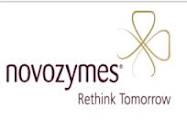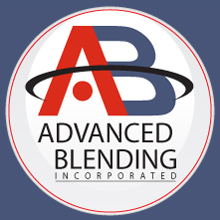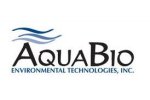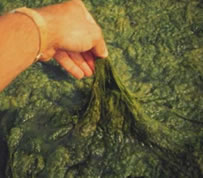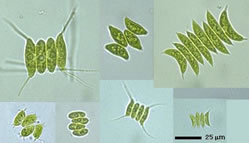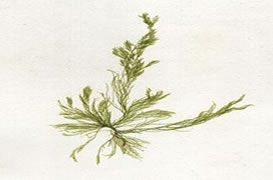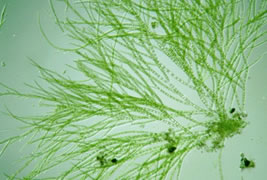Algae Pollution
Algae Pollution: Algae, are an important component of biological monitoring programs for evaluating water quality. Algae are valuable indicators of ecosystem conditions because the changes in water chemistry. The abundance of nutrients containing nitrogen (N) and phosphorus (P) are the primary importance factors that to show flow into lakes, reservoirs, streams and rivers resulting in eutrophic conditions (USEPA). The N:P ratio often determines which algae genera are dominant, present or absent in these nutrient-affected water bodies. Sources of the inorganic compounds include household laundry detergents, commercial fertilizers which are used for lawns and agriculture, and stormwater runoff, along with organic pollution from sewage-related sources including leaky septic tanks and livestock waste. Lakes and reservoirs that receive these sources of pollution periodically, or chronically, display high densities of algae growth resulting in blooms of nuisance and/or toxin-producing genera.
flow into lakes, reservoirs, streams and rivers resulting in eutrophic conditions (USEPA). The N:P ratio often determines which algae genera are dominant, present or absent in these nutrient-affected water bodies. Sources of the inorganic compounds include household laundry detergents, commercial fertilizers which are used for lawns and agriculture, and stormwater runoff, along with organic pollution from sewage-related sources including leaky septic tanks and livestock waste. Lakes and reservoirs that receive these sources of pollution periodically, or chronically, display high densities of algae growth resulting in blooms of nuisance and/or toxin-producing genera.
Algae is pollution indicators
Algal flora have been used in identification of following types of water pollution problems:
- Water acidity: Initially causes from filamentous algae. However, high levels of water acidity formed by acid forming chemicals or acid rains results in decrease in planktonic algae in the water body. Most algae and diatoms disappear completely in water below the pH 5.8.
|
|
Diatoms are highly sensitive to pH and different species of diatoms are found at different pH values of water body. Thus changes in the species composition of diatoms very accurately indicates the pH level of the water body.
Sewage, organic matter and chemical fertilizers that are washed off into the water body results in increased nutrient (eutrophication) supplying for algal blooms growth of various types of algae. The water blooms of planktonic algae like Microcystis, Scendensmus, Hydrodictyon and Chlorella indicate pollution of water body due to excessive addition of organic matter, nitrates or phosphates.
|
|
Heavy metals: Some algae like Cladophora and Stigeoclonium absorb and accumulate many heavy metals from the water. Thus the excessive growth of these algae in the water indicates pollution due to heavy metals.
|
|
Oil pollution: Excessive growth of algae like Duniella tertiolacta, Skeletonema costatum, Cricosphaera carterae, Amphidium carterae, Cyclotella cryptica and Pavlova lutheri indicate oil pollution of water bodies.
Why Biological treatments are a good choice for Algae Bloom?
Untreated or poorly maintained ponds, lakes and lagoons often develop severe sludge and Nutrients resulting from the ecosystems natural decaying process. When the level of nutrients particularly nitrogen or phosphorous in a body of water is too high, algae that thrive off these nutrients can multiply rapidly. The resulting blue-green, brown, or red clumps of algae that cover the surface of the water are called algae blooms. These blooms can dense that lower levels of oxygen in the water, causing fish and other organisms to die; they may also release toxins into the water. Algae blooms can be controlled through chemical, biological, physical or mechanical means.
When the level of nutrients particularly nitrogen or phosphorous in a body of water is too high, algae that thrive off these nutrients can multiply rapidly. The resulting blue-green, brown, or red clumps of algae that cover the surface of the water are called algae blooms. These blooms can dense that lower levels of oxygen in the water, causing fish and other organisms to die; they may also release toxins into the water. Algae blooms can be controlled through chemical, biological, physical or mechanical means.
Yearly organic deposits build-up and charge the bottom sludge layers resulting in rich nutrient beds leading to unsightly conditions, odor and reduced clarity. Chemical based clarifiers cannot eliminate organic loads which are stored in the bottom layers resulting in a nutrient rich, slimy material known as "sludge". This bottom settling sludge layer is rich in nutrients and provides an endless supply for cloudiness, odor, slime, phosphorus, nitrates, ammonia and more. Since many chemical based treatments require constant re-treatment, water tables often become toxic which is highly unsafe for people, pets, fish, soil beds and the environment.
Chemical Treatments
Copper sulfate and chelated copper compounds are algaecides that can be used to directly kill the algae. Chemical colorants and dyes are available that shade parts of the spectrum of sunlight that reach the algae, inhibiting its growth. However, these chemicals can be toxic to fish and other animals. When potable water is infested with algae, municipal authorities may treat the water temporarily with copper herbicides to decrease the algal count and make it more palatable to humans.
Biological Treatments
Silver carp are effective at controlling blue-green algae and other floating types of algae, while grass carp eat submerged algae that attach to aquatic weeds. As biological control agents, carp are cost-effective; however, carp populations can expand out of control in areas where they are employed as biological treatments, or they may eat native vegetation in addition to or instead of the algae. Bacteria can also be added to the water to use up the excess nutrients off of which the algae feed.
Using GZyme enzyme Biological Digester Treatment on a regular basis restricts sludge and bio-waste buildup. The bacterial enzymes introduced into polluted pond or lake by GZYME Biological Digester Treatment are extremely aggressive at digesting all organic waste and are of the highest quality and purity, guaranteed to be non-disease causing and non-hazardous. Our bacterial strains are of the most potent and densely populated counts available, containing aerobic and anaerobic cultures to attack and digest even the most severely infested bodies of water. To date, our Gzyme are guaranteed to eliminate all decaying organic matter, bio buildup, decaying algae and weeds, sludge and other degradable compounds destroying your lake or ponds ecosystem. GZYME products continue to be a dominant leader in natural lake and pond restoration.
GZYME Biological Digester Treatment can save tens of thousands of dollars in dredging costs and fines, and can have lake restored in a matter of days. In many areas, chemical bans are taking place due to uncertain prolonged exposure risks combined with potentially devastating environmental effects, If your lake or pond needs a permanent solution, go with GZYME Biological Digester Treatment - a lake restoration product that's safe for the environment.
Enzyme Performance/ Sludge Solid Reduction Treatment
| Sludge Solids | > 50% |
| BOD Unfiltered SUpernate | > 70% |
| SS Supernate | > 60% |
| COD Supernate | > 55% |
| NH3 SUpernate | > 50% |
| Sludge Depth | > 30% |
| Lead | > 10% |
| E Coli Supernate | > 99% |
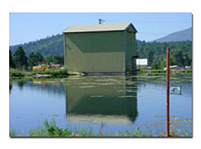 |
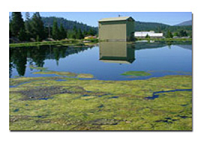 |
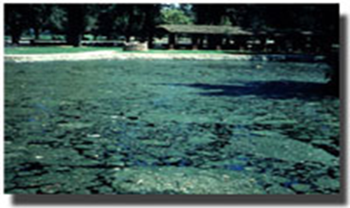 |
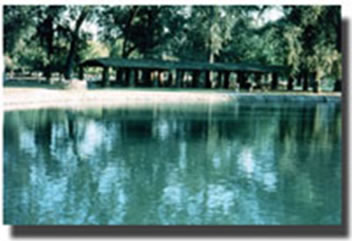 |
 |
 |
